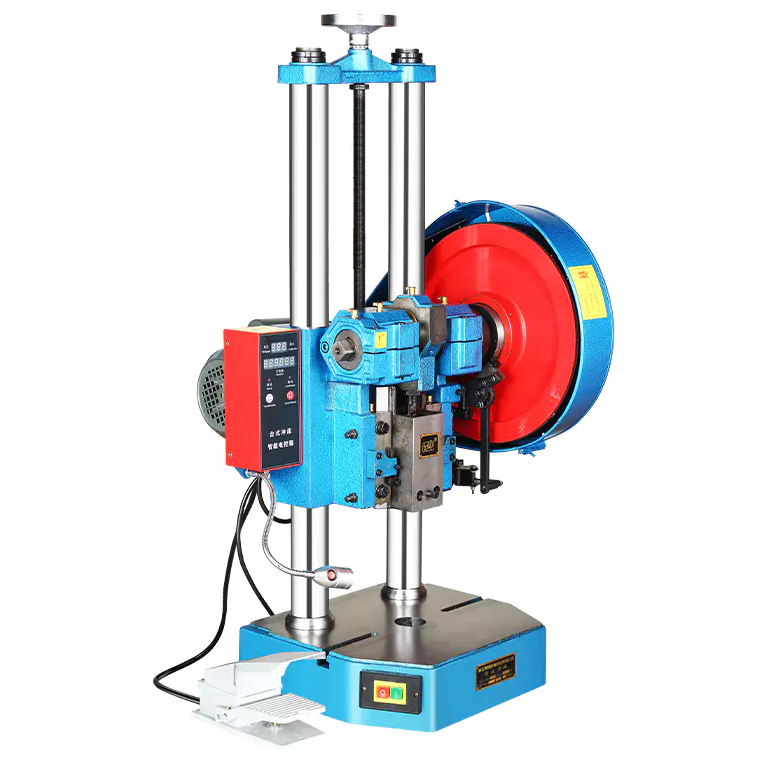How to Maintain and Safely Operate a Manual Punch Press?

A manual punch press is a valuable piece of equipment for workshops, small-scale production units, and hobbyists who require controlled and repeatable punching operations. Though it may appear simple in design, its functionality plays an important role in shaping, cutting, and forming materials in a wide range of industries.
This type of press operates through manual force, usually applied by a lever or hand crank, to push a punch through material and into a die. The result is a clean hole or shape, depending on the tooling setup. While this requires physical effort, the manual punch press gives the operator full control over the process. This level of control can be particularly useful for low-volume tasks or projects that involve frequent changes in design or material type.
Manual punch presses are commonly used for punching holes in metal, plastic, leather, or thin composite materials. The simplicity of the machine makes it easier to maintain and operate. There are fewer components to manage compared to powered systems, reducing the chances of mechanical failure. For environments where electricity is limited or where mobility is needed, this manual setup can be especially convenient.
In custom fabrication or prototype development, flexibility is often more important than speed. The manual punch press allows for quick setup and adjustments, enabling users to test different sizes and shapes without the need for complex programming. Because it's operated by hand, each press action can be monitored in real time, which helps in spotting any alignment or material issues before they affect the final output.
Maintenance for a manual punch press is also straightforward. Regular checks for wear on the punch and die components, along with proper lubrication of moving parts, help extend the machine's service life. Keeping the work surface clean and free of metal shavings or dust will also support smoother operation and reduce long-term wear.
Safety should always be a priority when using manual tools, and the punch press is no exception. Operators should ensure hands are kept clear of the punch area and use appropriate protective equipment, especially when working with harder materials that may create sharp edges or small fragments.
While manual punch presses are not built for high-volume industrial output, they hold clear advantages in terms of simplicity, affordability, and control. These qualities make them especially useful in repair shops, small manufacturing setups, educational settings, or personal workshops. In these environments, the manual punch press serves as a dependable tool for creating clean holes and shapes with precision.
Whether you're creating metal nameplates, punching slots in sheet plastic, or customizing components, this tool offers a balance of functionality and ease of use. When paired with proper technique and maintenance, a manual punch press can remain a reliable part of any tool collection for years.
- Art
- Causes
- Crafts
- Dance
- Drinks
- Film
- Fitness
- Food
- Jogos
- Gardening
- Health
- Início
- Literature
- Music
- Networking
- Outro
- Party
- Religion
- Shopping
- Sports
- Theater
- Wellness


